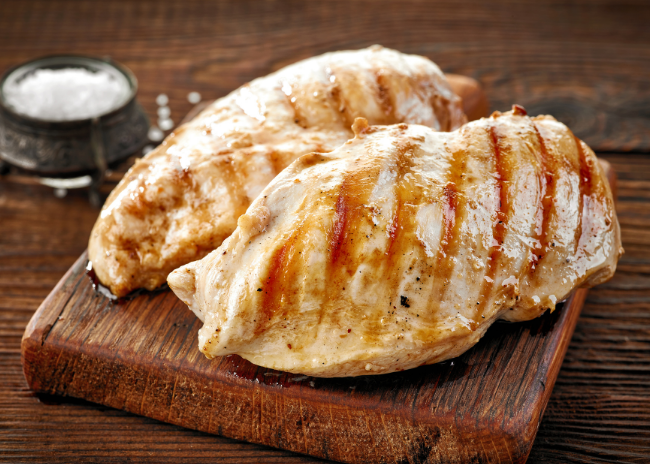Braising pans are simple to clean and maintain and provide a typical service life of at least 10 years.
Daily care includes wiping down the exterior and cleaning the interior with soap and water after each use. Do not use chemicals that may damage stainless steel.
Quarterly maintenance includes inspecting the unit overall and greasing the tilt mechanism bearings. Have a service agent remove and clean the burners on gas braisers.
Never turn a braising pan to high heat when there is no liquid inside. Doing so repeatedly will eventually cause the pan to warp, compromising the heating surface.
Like other cooking equipment, season new tilting braising pans by covering the bottom with oil and heating every few minutes. This helps prevent sticking and makes cleanup easier. Repeat the seasoning process after heavy cleaning.
Use residual heat at the end of the day to warm up water in the pan, which will make it easier to remove food debris from the bottom of the unit.
Do not spray water under the pan or on its mechanical components during cleaning.
Because certain utensils, like square-edge turners, can cause pitting on the pan surface, use only rounded-edge utensils with this equipment.
When braising pans fail, they typically stop heating up. Fortunately, these units are generally repairable. For electric units, the contactor typically needs attention, whereas for gas units, it’s the thermostat that usually needs repair.
When it comes to common problems, gas braising pans can get lint pulled in from the environment that impacts the burners’ output.
Braising pans show a number of signs if they need replacing. Units with heavily worn or damaged cooking surfaces can slow down operations and compromise food quality in some cases. Also, if the braising pan no longer keeps up with production due to inefficient or inconsistent heating, consider a new unit.
Gear replacement can be pricey, so if the tilting mechanism fails on a unit that is nearing the end of its service life, it is most likely time for a new unit.




